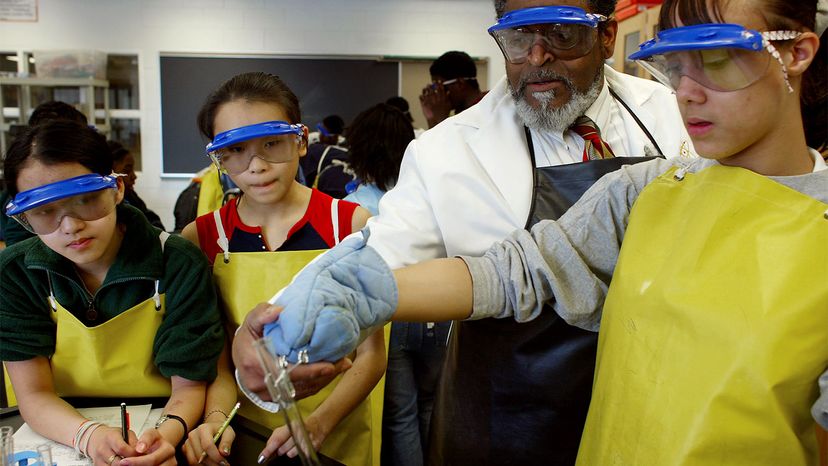
We hear about the scientific method all the time. Middle and high school students learn about it in science class and use it in research competitions. Advertisers use it to support claims about products ranging from vacuum cleaners to vitamins. And Hollywood portrays it by showing scientists with clipboards and lab coats standing behind microscopes and flasks filled with bubbling liquids.
So why does the scientific method remain such a mystery to so many people? One reason has to do with the name itself. The word "method" implies that there is some sacred formula locked in a vault — a formula available to highly trained scientists and no one else. This is absolutely untrue. The scientific method is something all of us use all of the time. In fact, engaging in the basic activities that make up the scientific method — being curious, asking questions, seeking answers — is a natural part of being human.
Advertisement
In this article, we'll demystify the scientific method by breaking it down to its basic parts.
We'll explore how the scientific method can be used to solve everyday problems, but we'll also explain why it is so fundamentally critical to the physical and natural sciences. We'll also examine a few examples of how the method has been applied to make landmark discoveries and support groundbreaking theories. But let's start with a basic definition.
Ask a group of people to define "science," and you'll get a lot of different answers. Some will tell you it's a really difficult class wedged between social studies and math. Others will tell you it's a dusty book filled with Latin terms that no one can pronounce. And still others will say it's a useless collection of facts, figures and formulas. Unfortunately, most dictionaries don't shed any significant light on the subject. Here's a typical definition:
Sounds difficult, right? Not if we break this long-winded definition into its most important parts. By doing so, we'll achieve two things: First, we'll support the argument that science isn't mysterious or unattainable. Second, we'll demonstrate that the method of science is really no different than science itself.